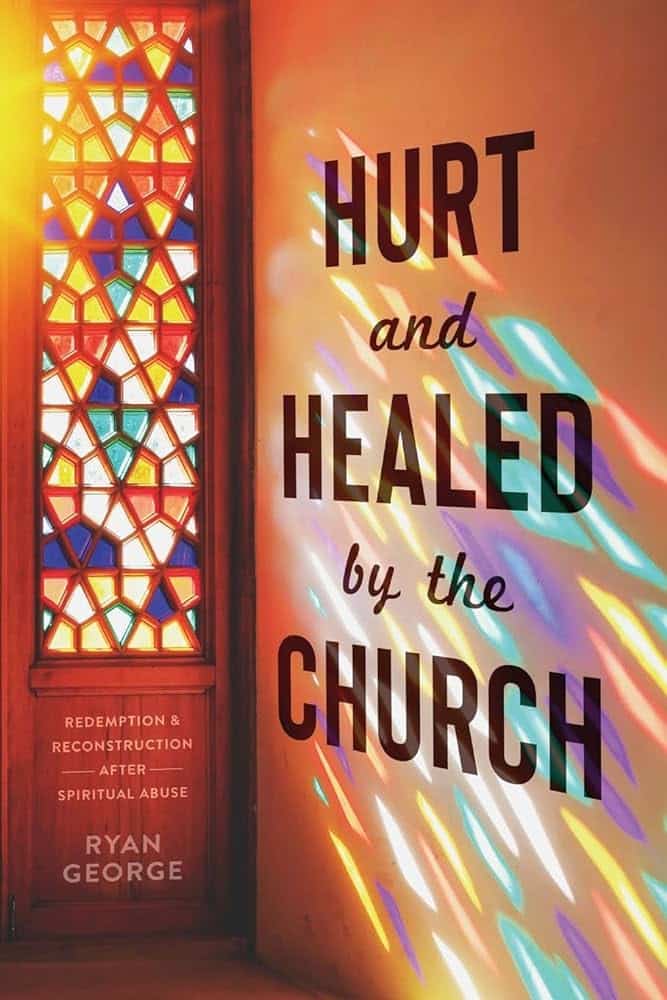An annual report on giving to evangelical Christian nonprofits, including churches and other ministries, found that giving to the United States’ largest churches fell by more than 6.6% in 2021, despite a rise of 4% last year in charitable giving nationwide.
New donors and large donations were especially hard to come by, according to the report.
The findings appeared in the 2022 State of Giving report, publicado this week by the Evangelical Council for Financial Accountability (ECFA), an accreditation organization that sets standards for ministries’ financial management and reporting.
The report’s authors examined cash-giving patterns to more than 1,800 ECFA members, drawn from financial statements from those nonprofits. All told, ECFA members received more than $19 billion in cash donations in 2021. They also received $11.3 billion in revenue from fees and investments and $4.7 billion worth of in-kind donations.
Many Christian groups other than churches saw increases in keeping with the overall rise in philanthropic giving, and some did far better. Donations to Christian foundations (65.8%), anti-human trafficking groups (28.9%), K-12 schools (18.3%), church planting (12.2%) and pregnancy resource centers (14.5%) saw some of the largest increases.
Your tax-deductible gift helps our journalists report the truth and hold Christian leaders and organizations accountable. Give a gift of $30 or more to The Roys Report this month, and you will receive a copy of “Hurt and Healed by the Church” by Ryan George. To donate, haga clic aquí.
Giving to Christian charities overall was up 3%, adjusted for inflation, according to the report. That tops overall charitable giving in the United States, which dropped by just under 1%, according to Giving USA data cited by ECFA.
The report also finds that giving went up by 1.8% from 2016 to 2021.

Those numbers made the decline in giving to churches (-6.6%) and youth ministry (-2.9%) all the more stark. Churches with budgets under $2 million saw giving go down by 8%, while those with budgets of more than $20 million saw giving go down by 2.5%.
Many charities and churches alike struggled to find staff and volunteers.
The churches in the ECFA are larger than the average church in the United States. According to the 2020 Faith Communities Today estudio, which looks at congregations from a wide range of faith groups, the median congregation has a budget of $120,000, down 20% from 2010. Most congregations in the United States have budgets of less than $100,000, but because larger churches draw so many, about half of Americans (51%) attend a church where the budget is $1 million or more.
The ECFA study found that 45% of nonprofits had trouble finding enough volunteers, 53% had problems finding enough staff, 29% struggled to keep existing donors, and 63% had issues finding major donors who gave $10,000 a year or more.
More than a third (37%) tapped their reserves in 2021, while 43% left reserves untouched. Just under 1 in 5 (17%) were able to grow their reserves.
 Bob Smietana es reportero nacional de Religion News Service.
Bob Smietana es reportero nacional de Religion News Service.




















Una respuesta
When you give money to any charity, you should also check to see if they spend it quickly! Money that is hoarded, is not doing the supposed recipients any good.
“….See here the folly of hoarding. The manna laid up by some, who thought themselves wiser, and better managers, than their neighbours, and who would provide lest it should fail next day, bred worms, and became good for nothing. That will prove to be most wasted, which is covetously and distrustfully spared. Such riches are corrupted, Jas 5:2, 3. The same wisdom, power, and goodness that brought food daily from above for the Israelites in the wilderness, brings food yearly out of the earth in the constant course of nature, and gives us all things richly to enjoy.”
Exodus 16:13
Matthew Henry ‘s
Concise Commentary on the Whole Bible